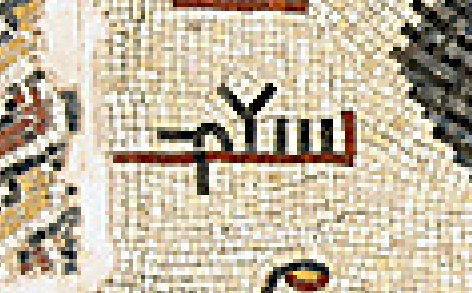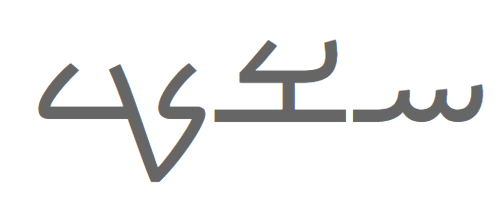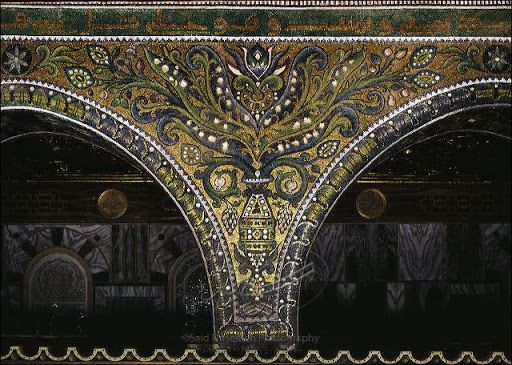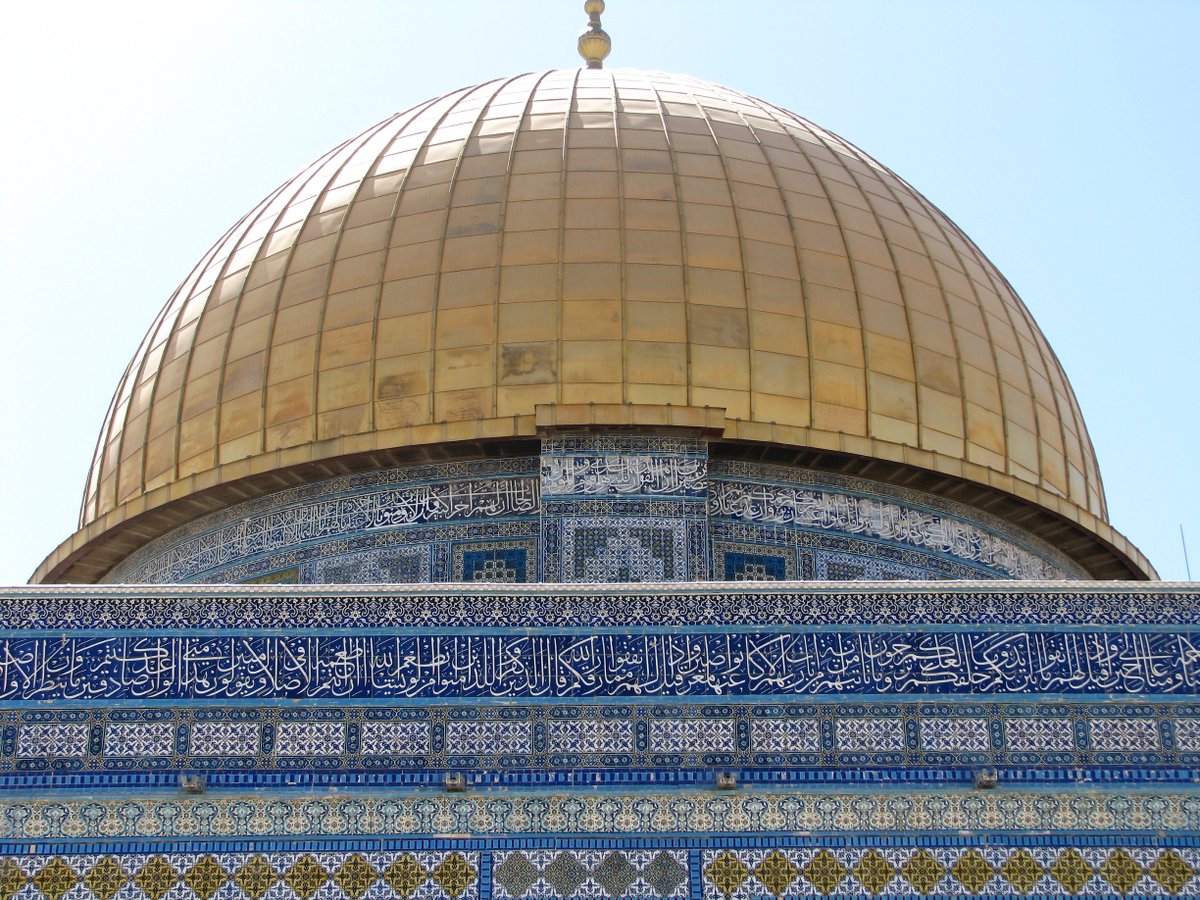Keep in mind that this inscription is bilingual, and Greek was the dominant prestige script and language in this region.
Hoyland presses Aramaic because it's the most common non-Greek script in use for the time/region. But is this justifiable?


academia.edu/3658961/Mount_…





































